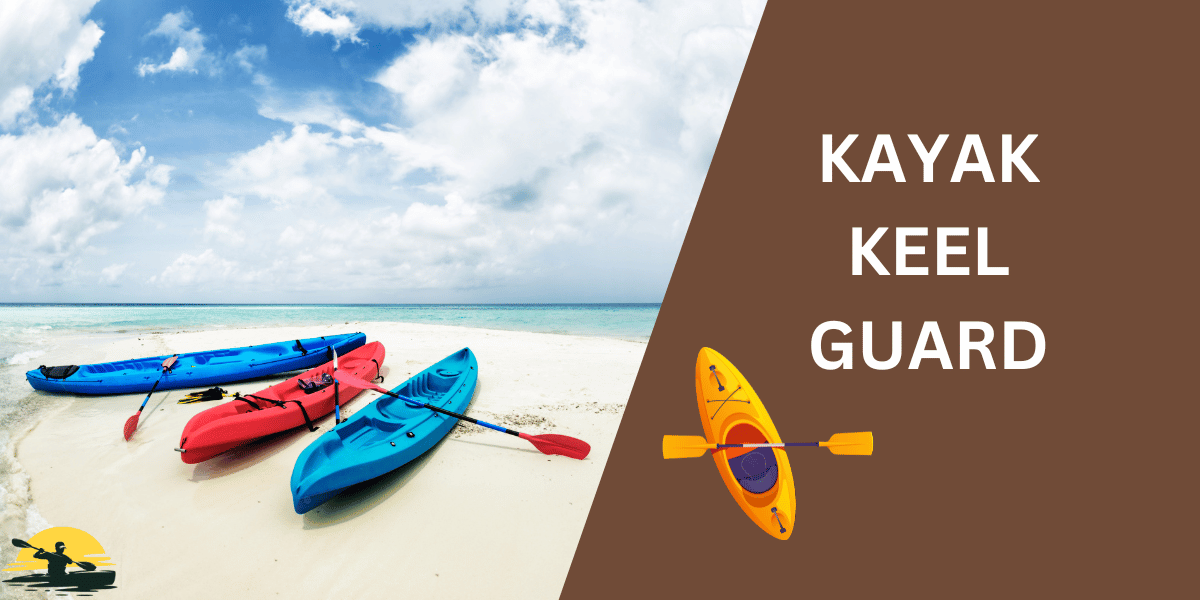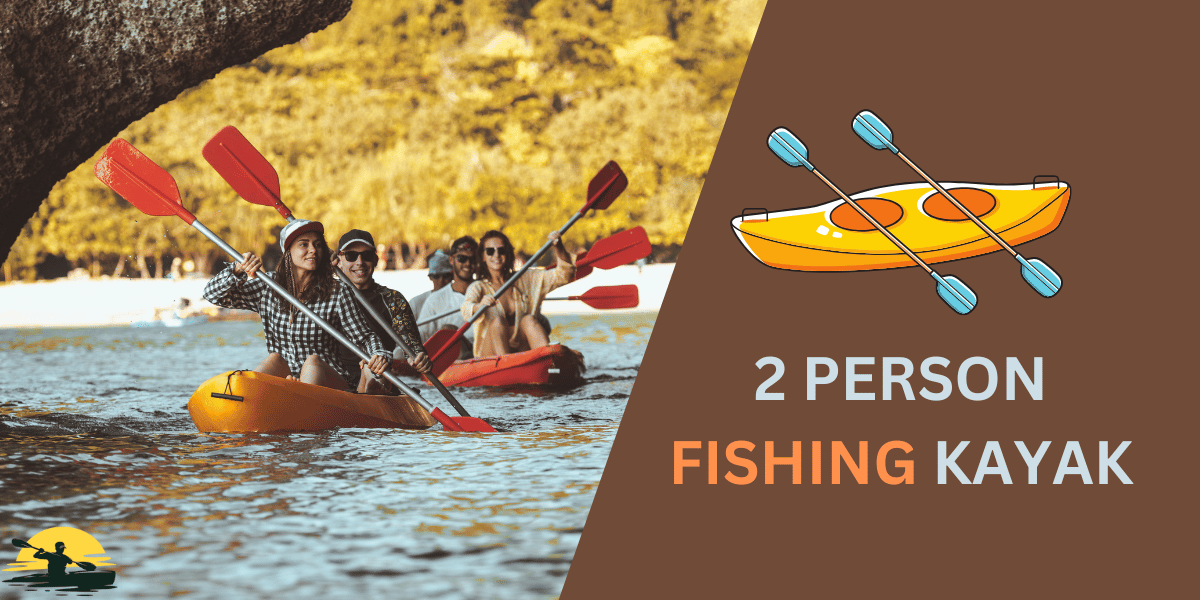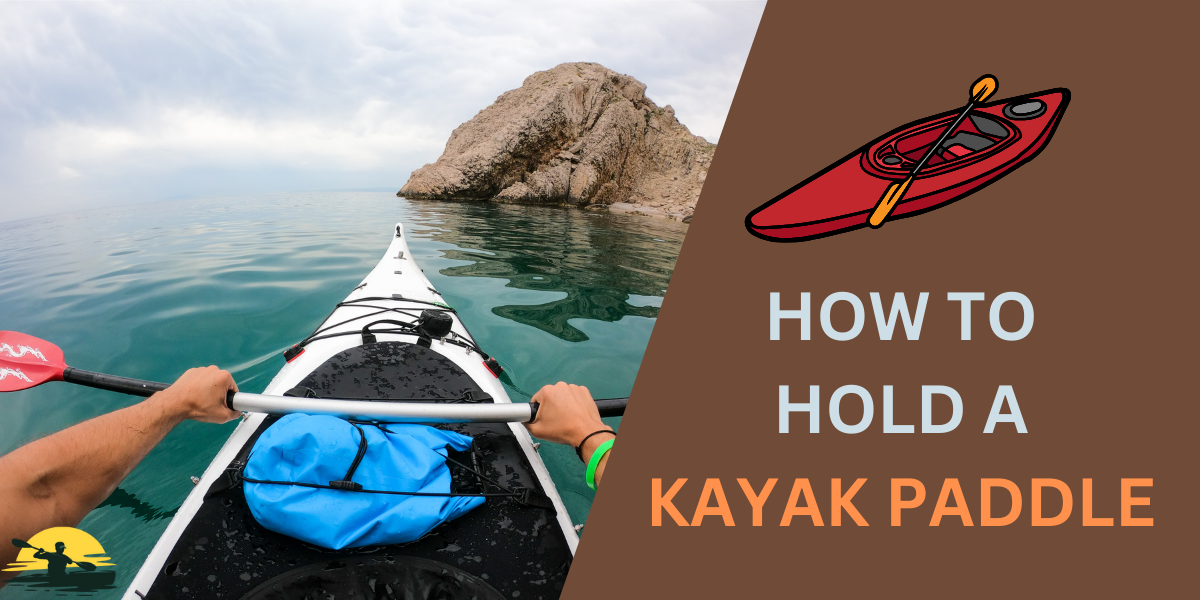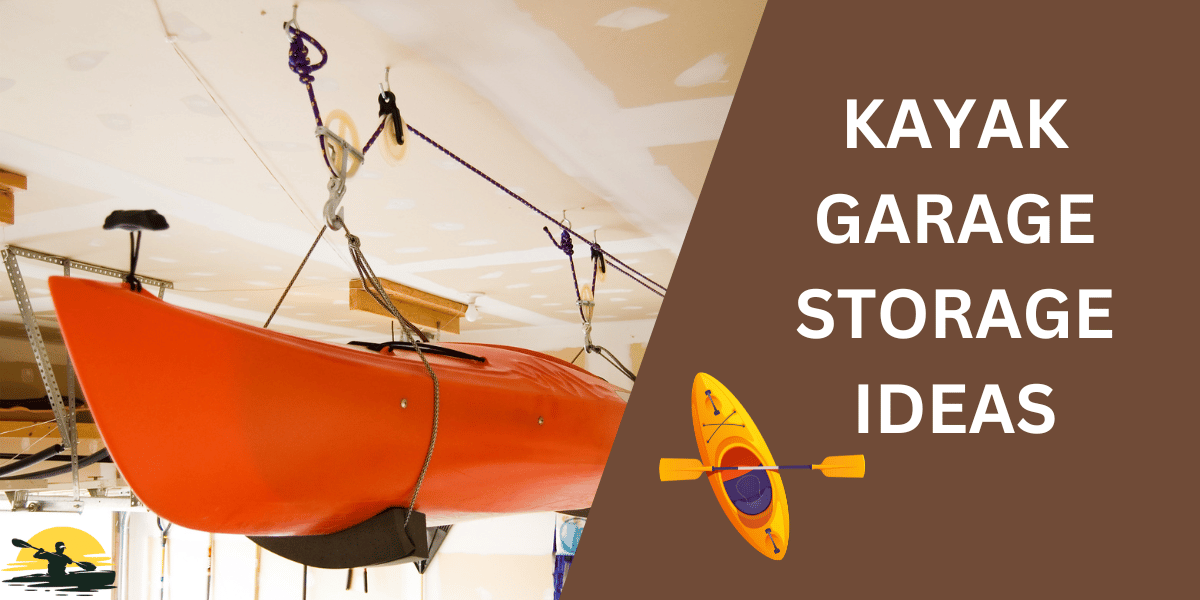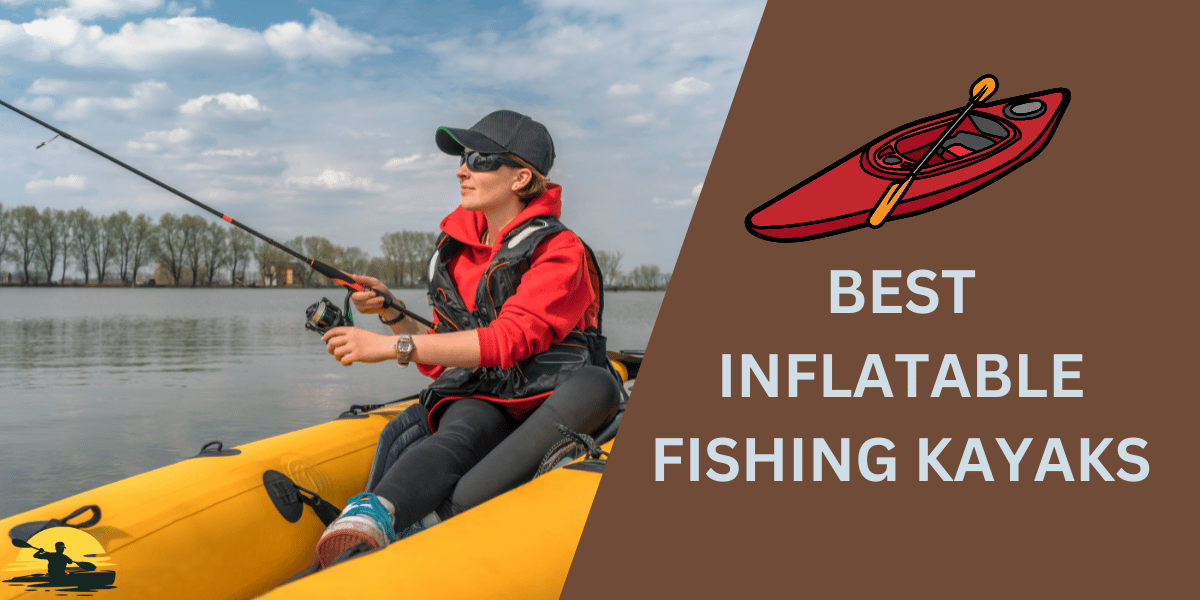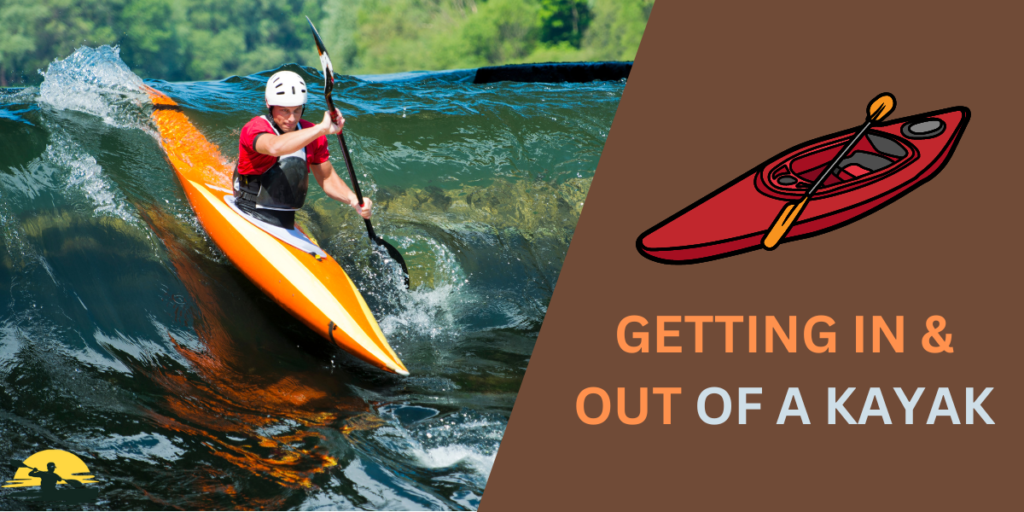
Kayaking stands out as a revered water sport, offering both serene moments of solitude and thrilling adventures across waters worldwide. Whether you’re navigating the calm waters of a lake, exploring the vastness of the ocean, or challenging the rapids of a river, mastering the art of getting in and out of a kayak is foundational. This skill not only enhances your safety but also ensures your kayaking experience starts and ends on a high note.
1Mastering the art of getting in and out of a kayak involves selecting the right kayak for stability, choosing a safe location (sandy beach or dock), and employing specific techniques to ensure balance and safety.
From the shore, use the straddle method and stabilize the kayak with your paddle. From a dock, keep the boat parallel and lower yourself carefully.
Practice balance and use slow, deliberate movements to avoid tipping.
FAQs cover techniques for graceful entry and exit, stabilizing the kayak in knee-deep water, and what to do if the kayak starts to tip.
With practice and patience, anyone can learn to enter and exit a kayak smoothly and safely, enhancing their kayaking experience.
Understanding the Basics
Kayaks come in various shapes and sizes, each designed for specific water conditions and kayaking experiences. The design of a kayak significantly impacts its stability and ease of access. For instance, kayaks with wider hulls and large cockpits offer more stability and are easier to enter and exit, making them ideal for beginners or those with mobility concerns.
Choosing the right location for launching and landing is equally important. A sandy beach provides a soft landing and an easy departure, while a rocky shoreline can be tricky and requires more careful maneuvering.

Preparing to Kayak
Before setting foot in your kayak, ensure you have the essential gear, including a life jacket, paddle, and appropriate clothing. Safety is paramount in kayaking, so checking weather and water conditions is a must. Additionally, understanding your kayak’s stability is crucial before attempting to enter or exit.
How to Get In a Kayak
From a Dock
- Position the kayak parallel to the dock: The kayak should be about a foot away from the edge, ensuring it’s stable and close enough to comfortably sit in.
- Lower yourself into the seat: Sit on the dock and swing your legs into the kayak one at a time, keeping your weight centered.
From the Shore
- Paddle as a stabilizing tool: Place the paddle behind the cockpit, across the kayak and shore, to stabilize the kayak.
- Entering the kayak: With the kayak parallel to shore in knee-deep water, use the straddle technique to maintain balance as you lower yourself into the seat.
Transitioning: In the Kayak
Once seated, adjust your position to ensure comfort and efficiency. Holding the paddle correctly is vital for effective paddling. The grip should be shoulder-width apart, with your knuckles aligned with the blade.

How to Get Out of a Kayak
Exiting at a Dock
- Secure the kayak parallel to the dock: Approach the dock and keep the kayak steady.
- Stand up: Shift your weight carefully, use your hands for support on the dock, and stand up gracefully.
Exiting on the Shore
- Approach the shore carefully: Paddle towards the shore until you’re in knee-deep water.
- Exiting technique: Swing one leg out of the kayak onto the shore, then follow with the other leg, and stand up, using the paddle for support if necessary.
Advanced Tips for Smooth Transitions
Practicing balance and stability drills can significantly enhance your ability to enter and exit a kayak smoothly. Recovering from a capsize is another critical skill, ensuring you can handle your kayak in various situations.
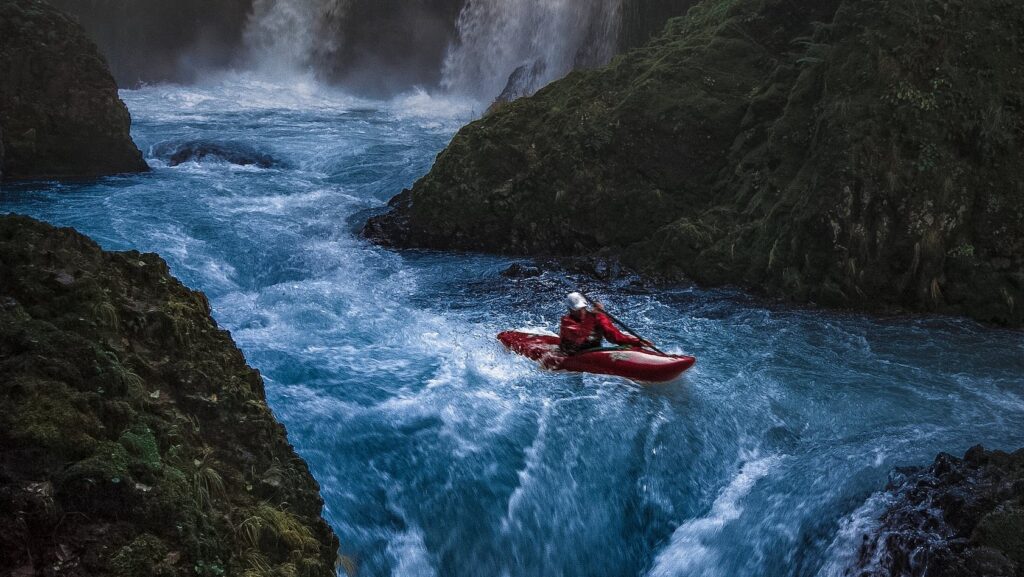
Common Mistakes and How to Avoid Them
Rushing the process can lead to instability and potential capsizing. Ensure the kayak is secure and approach each step with patience. Incorrect body positioning, such as not keeping your weight centered, can also lead to tipping. Practice and familiarity with your kayak will help mitigate these issues.
Conclusion
Getting in and out of a kayak with ease and confidence is a skill developed through practice and patience. Safety should always be your priority, followed by comfort and technique improvement. We encourage you to share your experiences, tips, and questions to foster a supportive kayaking community.
Now that you’re equipped with the knowledge to get in and out of a kayak safely, we encourage you to put these techniques into practice. Consider enrolling in a kayak school for hands-on learning and stay tuned for more kayaking tips and videos to enhance your paddling adventures. Remember, every expert kayaker started with their first launch and their first landing. Your journey to mastering kayaking has just begun!
Frequently Asked Questions
What is the best way to enter a kayak from a sandy beach?
To enter a kayak from a sandy beach, place the boat parallel to the shore with the bow facing out. Use the straddle method by standing over the kayak, then sit down in the seat, swinging your legs inside one at a time. This method helps keep the kayak stable and makes it easier to push off into the water.
How can I get out of my kayak gracefully without tipping over?
The key to getting out of your kayak without tipping is to ensure your boat is stable and parallel to the shore or dock. Move your body weight to the center, swing one leg out of the kayak onto the shore or dock, followed by the second leg. Use your hands to push off and stand up in a controlled and graceful way.
Is there a technique for entering a kayak from a dock?
Yes, first ensure your kayak is parallel to the dock and stabilized. Sit on the edge of the dock, then place your feet inside the kayak one at a time, keeping your weight centered. Lower yourself into the seat by holding onto the dock for support. This technique helps maintain balance and prevents the kayak from drifting away.
How can I stabilize my kayak if I’m starting in knee-deep water?
When starting in knee-deep water, place your kayak so it’s parallel to shore. Use the paddle across the cockpit and the shore as an outrigger to stabilize the boat. Lower yourself into the kayak using the paddle for support, keeping your body centered to maintain balance.
What should I do if my kayak starts to tip while I’m getting in?
If your kayak begins to tip while you’re getting in, immediately lean your body towards the opposite side to counterbalance. Place your hands on the ground or on the sides of the kayak to stabilize it. It’s crucial to move slowly and deliberately, keeping your weight low and centered in the kayak. Practice this in shallow water to gain confidence.



